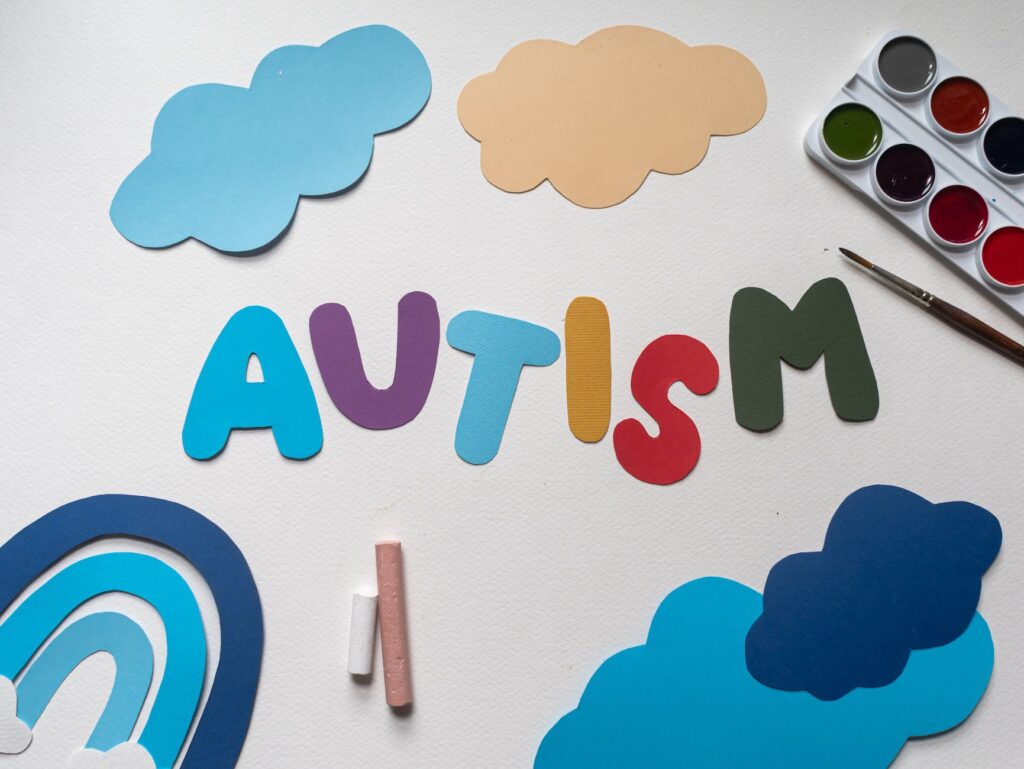
Introduction
Creating inclusive workplaces that embrace diversity is essential for fostering a society where all individuals, including those on the autism spectrum, can contribute their unique talents and skills. Autism does not diminish an individual’s ability to excel in the workplace; rather, it presents an opportunity for organizations to tap into the strengths and perspectives of autistic individuals. In this blog, Dr. Michael Hilton will explore strategies for breaking barriers and empowering autistic individuals in the workplace, leading to greater inclusion, innovation, and success.
1: Recognizing the Strengths of Autistic Employees
Autistic individuals possess unique strengths and qualities that can greatly benefit the workplace. Attention to detail, exceptional memory, analytical thinking, creativity, and a strong focus on tasks are just a few examples. Recognizing and appreciating these strengths allows employers to harness the full potential of autistic employees and create a more diverse and productive workforce.
2: Promoting Autism Awareness and Acceptance
Promoting autism awareness and acceptance within the workplace is crucial for creating an inclusive environment. Providing education and training programs to employees about autism spectrum disorder helps foster understanding, dispel myths, and reduce stigma. Building a culture of acceptance where diversity is celebrated enhances the overall workplace climate and facilitates effective communication and collaboration among team members.
3: Accommodating Workplace Sensory Needs
Many autistic individuals experience sensory sensitivities or differences that can affect their comfort and productivity in the workplace. Employers should aim to create sensory-friendly work environments by reducing excessive noise, adjusting lighting conditions, and offering quiet spaces where employees can retreat if needed. Simple accommodations, such as providing noise-cancelling headphones or allowing flexible work arrangements, can go a long way in supporting autistic individuals and optimizing their performance.
4: Tailoring Job Roles and Tasks
Tailoring job roles and tasks to match the strengths and preferences of autistic individuals is key to their success in the workplace. Assigning tasks that align with their skills and interests allows them to contribute effectively and experience a sense of fulfillment. Providing clear instructions, visual aids, and structured routines can enhance their understanding and performance. Emphasizing the quality of work over unnecessary social interactions also enables autistic individuals to thrive in their roles.
5: Creating a Supportive Work Environment
Establishing a supportive work environment involves fostering open communication, providing ongoing feedback, and offering mentorship or coaching programs. Regular check-ins and individualized support can help autistic employees navigate challenges, build confidence, and develop professionally. Promoting a culture of teamwork and collaboration, where colleagues are encouraged to support and learn from each other, further enhances the workplace experience for autistic individuals.
Conclusion
Breaking barriers and empowering autistic individuals in the workplace is not only a moral imperative but also a strategic advantage for organizations. By recognizing their unique strengths, promoting autism awareness and acceptance, accommodating sensory needs, tailoring job roles and tasks, and creating a supportive work environment, employers can unlock the full potential of autistic employees and foster an inclusive and thriving workforce. Embracing diversity and empowering autistic individuals not only benefits the individuals themselves but also contributes to innovation, productivity, and success in the workplace. Together, we can break down barriers and create a more inclusive society that embraces the talents and contributions of all individuals, including those on the autism spectrum.